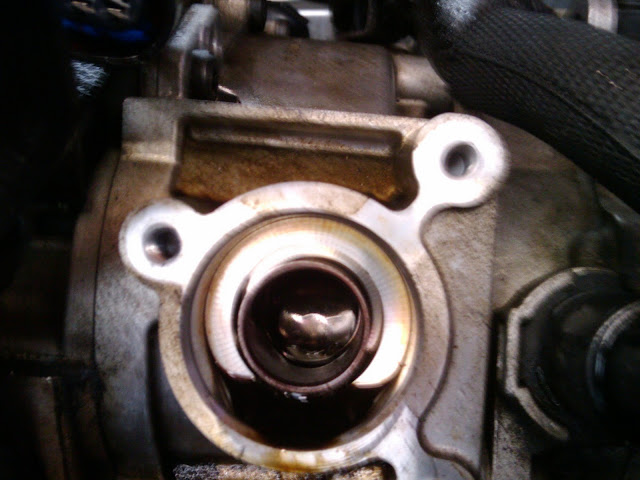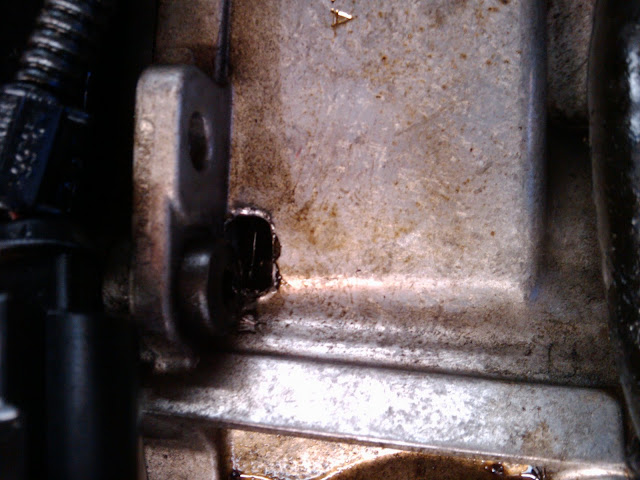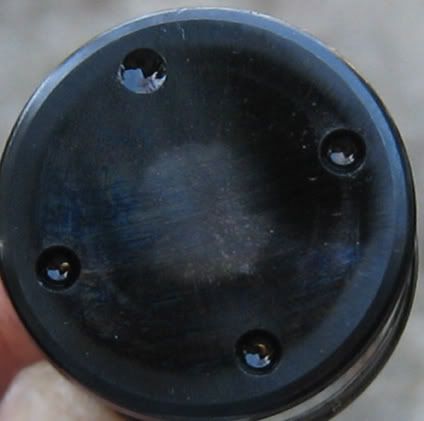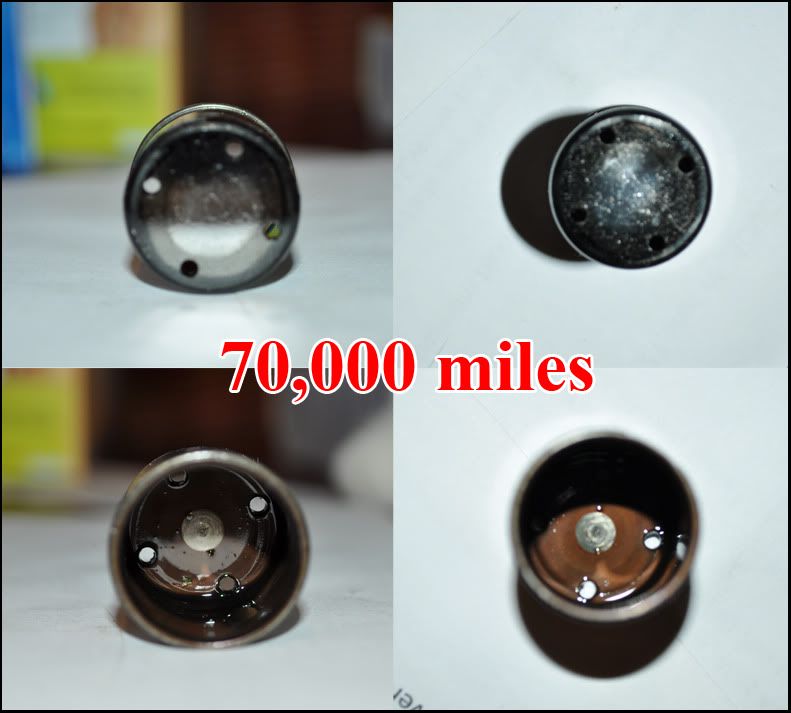There are tons of these examples out there of people who followed VW/Audi's oil change interval specs and used VW's oils and they get very bad results in the 2.0 FSI engine. Just noticed these 2 examples in the last 2 days. Dealers' typically use syntec 5w40 but it varies by dealer.
This one was was at 57k miles and a piece of the cam follower shot out through the top of the engine. He did dealer changes every 7-10k. Cam is obviously shot.


http://forums.vwvortex.com/showthread.php?4886940-57K-cam-follower-damage-1.7K-dollars-%28Pics%29
This one is at 42k miles and he used dealer changes every 10k. This follower is almost ready to let go. The owner caught it just in time.



http://forums.vwvortex.com/showthread.php?4890662-Cam-follower-at-42k-miles
In contrast here is one at 38k posted recently where the oil was changed every 5k. Definitely not ideal, but much better. Motul 8100 was the oil I think:

http://forums.vwvortex.com/showthread.php?4889696-Cam-Follower-62.467KM
This one was at 29k using a group V oil with high anti-wear additives changed every 5k:

Here is one at 70k that looks good for the miles. changed every 5k at the dealer.

This one was was at 57k miles and a piece of the cam follower shot out through the top of the engine. He did dealer changes every 7-10k. Cam is obviously shot.


http://forums.vwvortex.com/showthread.php?4886940-57K-cam-follower-damage-1.7K-dollars-%28Pics%29
This one is at 42k miles and he used dealer changes every 10k. This follower is almost ready to let go. The owner caught it just in time.



http://forums.vwvortex.com/showthread.php?4890662-Cam-follower-at-42k-miles
In contrast here is one at 38k posted recently where the oil was changed every 5k. Definitely not ideal, but much better. Motul 8100 was the oil I think:

http://forums.vwvortex.com/showthread.php?4889696-Cam-Follower-62.467KM
This one was at 29k using a group V oil with high anti-wear additives changed every 5k:

Here is one at 70k that looks good for the miles. changed every 5k at the dealer.



